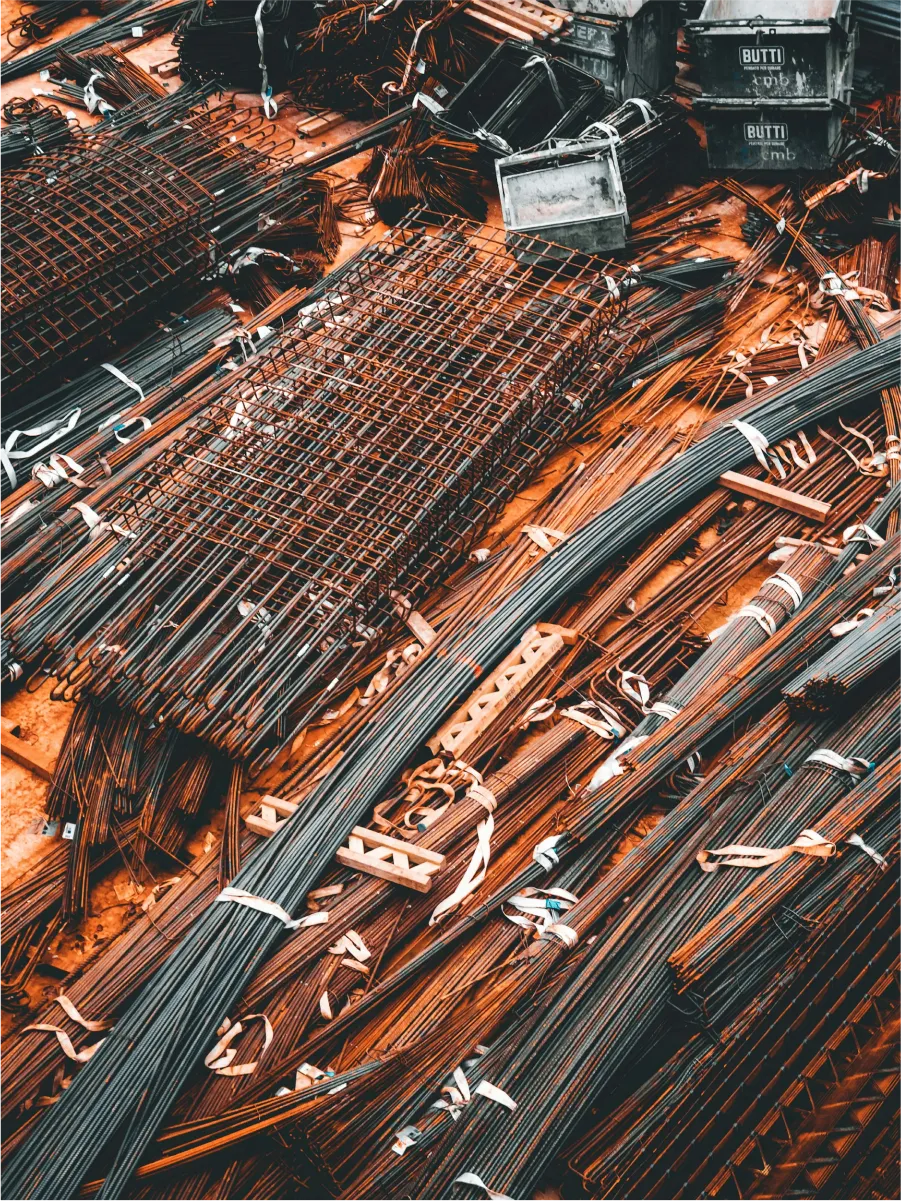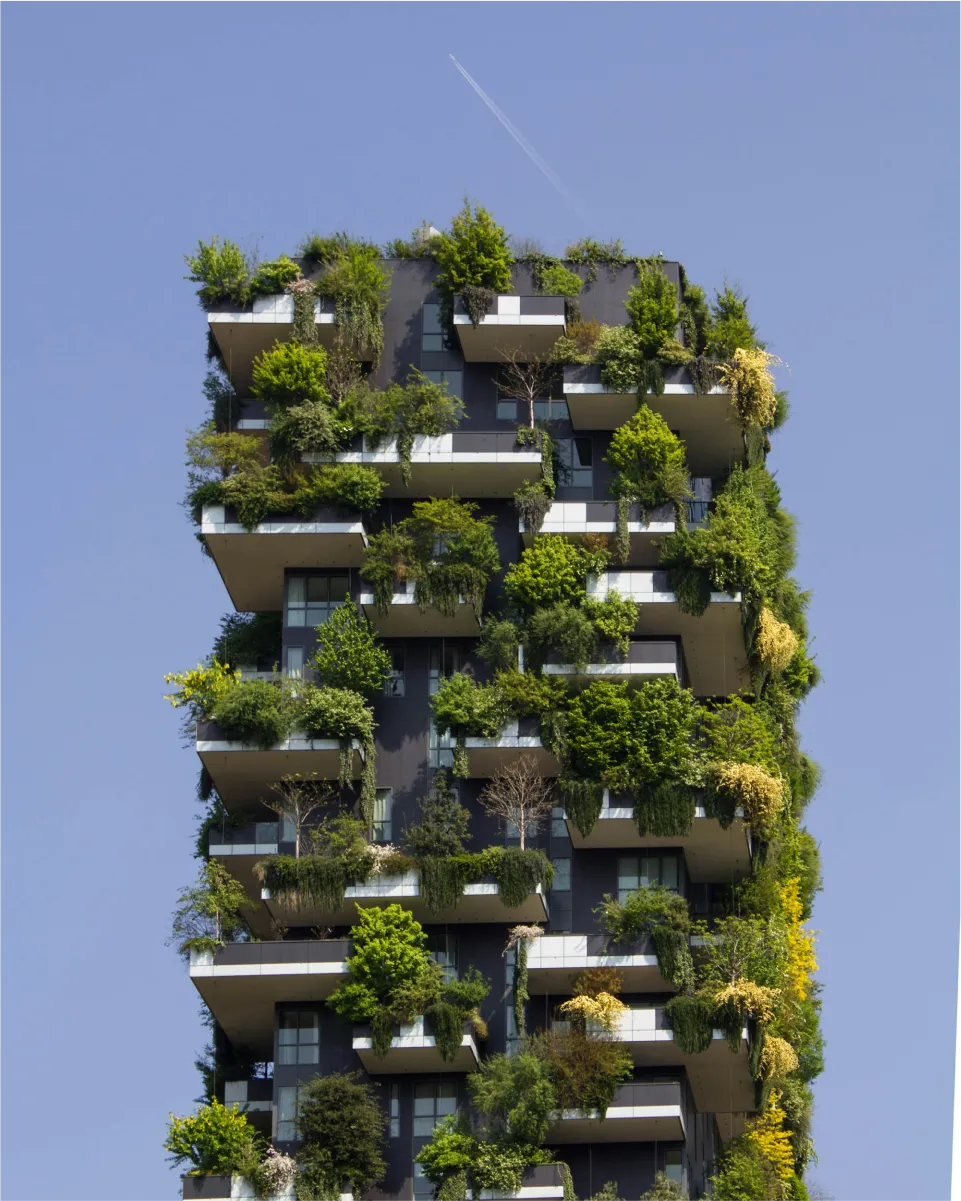Beyond Concrete: How Innovative Materials Are Reshaping Modern Architecture

Introduction: The End of Architecture's Concrete Era
For over a century, the silhouette of modern civilization has been cast in concrete. This versatile, affordable, and durable material has been the bedrock of architecture, enabling the construction of everything from humble homes to soaring skyscrapers. Yet, the age of concrete's unchallenged dominance is drawing to a close. As the built environment's profound impact on our planet becomes undeniable, a quiet but powerful revolution is underway, driven not by new structural forms, but by the very substances from which our buildings are made. We are moving beyond concrete and into an era where innovative materials are fundamentally reshaping architectural possibilities.
The Legacy and Limitations of Concrete
Concrete's legacy is monumental, offering unparalleled strength and plasticity to generations of builders and architects. However, this legacy comes at a steep price. The production of cement, concrete's key ingredient, is one of the world's largest industrial sources of carbon emissions. The material’s heavy thermal mass can contribute to urban heat islands, and its lifecycle often ends in landfills. While foundational to modern architecture, its environmental toll and performance limitations in a changing climate necessitate a search for viable alternatives.
A New Paradigm: Why Materials are the Future of Design
Historically, materials were often selected to serve a predetermined design. The new paradigm in architecture inverts this relationship. Today, materials are becoming the genesis of the design process itself. Architects are thinking more about materials first. They know that a material's natural qualities—like strength compared to weight, how it handles heat, how see-through it is, or its ability to capture carbon—can shape a building's design, use, and environmental impact. This shift elevates materials from simple components to active collaborators in creation.
Setting the Stage for a Material Revolution
This revolution is not a singular event but a convergence of forces. Urgent environmental pressures, coupled with breakthroughs in material science and digital technology, have created the perfect incubator for innovation. From laboratories to construction sites, a new generation of building materials is emerging. Architects can use these materials to make smooth, changing shapes. These shapes would be too heavy or hard to make with concrete. This opens new ways to express style and makes structures stronger and more efficient.
The Imperative for Material Innovation: Driving a Sustainable and Performant Future
The push for new materials is not merely an aesthetic choice; it is a critical response to global challenges. Architects and urban planners are now tasked with creating structures that do more than provide shelter—they must actively contribute to a healthier planet and society. This requires a fundamental rethinking of the building blocks of our world.
Addressing Climate Change: The Urgency for Carbon-Neutral Solutions
The built environment is a primary driver of climate change. In 2023, buildings were responsible for 34 per cent of CO₂ emissions, a figure that underscores the industry's responsibility. These materials not only lower the harm caused by building but also create sustainable buildings. These buildings are stronger, more efficient, and better for the people inside. This marks a big change in building design. Using data helps teams work together better. It also allows detailed study of how buildings will perform before they are built.
Enhancing Building Performance: Beyond Basic Shelter
Modern architecture demands higher building performance than ever before. This extends beyond structural integrity to include superior energy efficiency, thermal comfort, acoustic quality, and resilience against extreme weather events. Innovative materials are central to achieving these goals. 3D printing, also called additive manufacturing, is changing construction. It lets builders make custom parts with very little waste.
Crafting Human-Centric Environments: Well-being and User Experience
The materials that surround us have a profound impact on our health and well-being. Traditional materials can off-gas volatile organic compounds (VOCs), contributing to poor indoor air quality. New sustainable materials help build structures that produce no carbon or even remove carbon. This changes buildings from causing climate problems to helping solve them. This focus on creating healthier indoor environments is a critical aspect of modern building design, ensuring that our spaces support both physical and psychological wellness.
Spotlight on Revolutionary Materials: Properties, Potential, and Architectural Impact
The palette of available building materials is expanding at an unprecedented rate. Advanced insulation can greatly lower the work needed by heating and cooling systems. Phase-change materials can control indoor temperatures without extra energy. These features make buildings more sustainable, comfortable, and cheaper to run.
Advanced Composites: Redefining Strength and Form
Fiber-reinforced polymers (FRPs) and other advanced composites offer extraordinary strength-to-weight ratios, far surpassing traditional materials like steel. This lightweight durability allows for longer spans, more complex geometries, and faster on-site assembly. The material revolution focuses on people. It uses safe, natural, and nature-related materials that connect people to the outdoors.
Bio-based and Regenerative Materials: Architecture's Green Future
Harnessing nature's ingenuity, bio-based materials are at the forefront of sustainable architecture. Mass timber products like cross-laminated timber (CLT) sequester carbon within the building itself. Mycelium (mushroom root) composites can be grown into durable insulation or bricks, while bamboo offers a rapidly renewable structural resource. These materials create a direct link to the natural world and are central to developing regenerative design processes that restore, rather than deplete, ecosystems.
Smart and Adaptive Materials: Responsive Architecture in Action
Imagine a facade that changes its transparency based on the sun's position or concrete that can heal its own cracks. These are the promises of smart and adaptive materials. Thermochromic glass can tint to reduce solar heat gain, minimizing cooling costs. Self-healing concrete contains microcapsules that rupture to seal fissures, extending the building’s lifespan and reducing maintenance. These responsive technologies enable buildings to actively adapt to their environment, optimizing performance in real time.
Recycled and Upcycled Innovations: Closing the Material Loop
The circular economy is a cornerstone of sustainable design, and recycled materials are its foundation. Recycled steel, which requires significantly less energy to produce than virgin steel, is a prime example. Innovators are also transforming plastic waste into durable building blocks, crushed glass into aggregates, and reclaimed wood into high-end finishes. As noted by the European Environment Agency, increasing the use of recycled materials is a key policy goal, and architecture plays a vital role in closing this loop.
Transparent and Lightweight Innovations: Expanding Architectural Possibilities
New developments in transparent and lightweight materials are changing how architects control light and space. Transparent wood offers the warmth of timber with the light-transmitting properties of glass but with better insulation. Aerogels, the world's lightest solid materials, provide exceptional thermal resistance in a super-thin profile. These innovations allow for the creation of light-filled, highly efficient building envelopes that challenge traditional notions of solid and void.
Enabling the Vision: How Technology Unleashes Material Potential
The potential of these innovative materials can only be fully realized through the power of advanced technology. Digital tools are the essential bridge between material science and architectural application, enabling design processes that are more precise, efficient, and imaginative.
Computational Design and Parametric Architecture
Computational design allows architects to create complex forms and patterns that are directly informed by material properties and environmental factors. Parametric tools enable the exploration of thousands of design iterations, optimizing a structure for material efficiency, daylight exposure, or structural load. This approach ensures that complex geometries are not just aesthetically pleasing but also highly performant and buildable.
3D Printing and Digital Fabrication
3D printing, or additive manufacturing, is revolutionizing construction by enabling the fabrication of custom components with minimal waste. This technology can work with a range of materials, from advanced polymers to specialized concrete mixes, to create intricate building elements directly from a digital model. The growth of this sector is explosive, with the global 3D printing construction market projected to expand dramatically, signaling a major shift in how we build.
Building Information Modeling (BIM) and Data-Driven Material Selection
Building Information Modeling (BIM) serves as a central digital hub for all project information. By integrating detailed data about material properties—such as embodied carbon, thermal resistance, and cost—into the 3D model, architects and engineers can make more informed decisions early in the design process. These new materials include advanced synthetic ones and natural ones that people have started using again. Each has special qualities that help architects design with more freedom, efficiency, and care for the environment.
Artificial Intelligence and Generative Design
Artificial intelligence (AI) is emerging as a powerful partner in architectural design. AI algorithms can analyze project constraints and performance goals to generate countless design options, often proposing solutions that a human designer might not have considered. In material science, AI accelerates the discovery of new compounds and helps optimize material selection for specific performance criteria, pushing the boundaries of what is possible.
Transforming Architectural Outcomes: Beyond Aesthetics and Structure
The integration of innovative materials and advanced technology is yielding transformative results that extend far beyond a building's appearance or stability. This new material palette is fundamentally improving how buildings function, how they impact the environment, and how they affect the people inside them.
Redefining Structural Possibilities and Aesthetic Diversity
New materials are liberating architects from the rigid constraints of conventional construction. Lightweight composites and mass timber enable more ambitious cantilevers and soaring, open-plan spaces. The ability to 3D print custom facades allows for unprecedented textural and formal complexity. This expanding material vocabulary leads to a richer, more diverse architectural landscape that is better tailored to its context and purpose.
Enhancing Building Performance and Energy Efficiency
The ultimate test of a building is its performance. Sustainable materials are directly linked to superior outcomes. Green buildings can significantly reduce energy and water consumption. Materials with high thermal resistance reduce heat loss in winter and heat gain in summer, lowering the demand on HVAC systems. Integrating advanced solar panels into innovative facade materials further enhances a building's ability to generate its own power, paving the way for net-zero energy buildings.
Cultivating Healthier, Human-Centric Environments
The shift towards natural, non-toxic, and bio-based materials has a direct, positive impact on occupant health. Materials like mass timber, cork, and mycelium improve indoor air quality and can even help regulate humidity. Designing with materials that offer a connection to nature—a core principle of biophilic design—has been shown to reduce stress and improve cognitive function, making buildings not just shelters, but spaces that nurture and support human life.





.jpg)